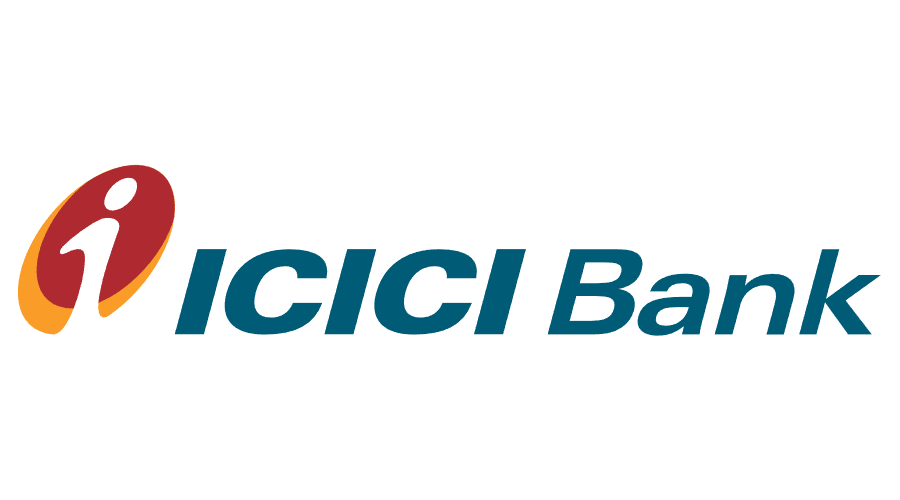Former Amazon exec John Rossman on delivering big bets
That’s where tools like the ‘future press release’ can be really empowering, by articulating, ‘We don’t work for just for our function or team, we work for the mission, and the mission is this big bet.

That’s where tools like the ‘future press release’ can be really empowering, by articulating, ‘We don’t work for just for our function or team, we work for the mission, and the mission is this big bet.’ Those are all the little jujitsu moves that add up to maintaining velocity and creating empowered teams.
The other thing we do in the book is apply constraints to the activities to avoid analysis paralysis. You’ll notice when we’re talking about ‘thinking in outcomes,’ or other people’s outcomes, or the governance needed for a big bet, we suggest a set of constraints to make sure that analysis paralysis doesn’t become the functioning ethos of the big bet.
The subtitle of the book is ‘Your Transformation Playbook for Winning in the Hyper-Digital Era.’ Can you elaborate on three mega forces you’ve identified that are creating this hyper-digital era?
My belief is that the past 25 years of digital transformation and digital change are the minor leagues to what is coming. We are now stepping into a whole new era, and it’s not just the technology that’s creating this environment. I believe there are three mega forces connected by a fuse that is going to create this hyper-digital era.
The first is the technology. AI and other disruptive technologies — quantum computing, computer vision, fusion energy — these are the types of disruptive technologies that change markets. Every senior leader needs to understand them well enough to know when they see a use case and how that might be the type of technology that could help them. They need to be use-case specialists, and they need to be smart enough about all of these disruptive technologies.
The second mega force is the labor market. If you ask clients what’s the number one constraint, the number one risk relative to your business, it’s having enough well-trained people to do the job. That’s only getting worse in this country. If you look at our birth rates, our population aging, all of those things are creating a tightened labor market.
The third mega force is, as a country, our commitment to entitlement spending and debt service. The only really effective way to solve that challenge is to actually grow the economy, to innovate.
How are these mega forces driving the need for big bet leadership more than ever before?
I think each one of those mega forces is an individual force to be reckoned with. Combined, it’s going to create an environment that I framed as the hyper-digital era. Connect these three mega forces together with a fuse, which I see as the aggressive investors who are looking to completely zero-base redesign and re-think established industries. That investment capital comes from not just venture capitalists and private equity firms but especially from these big tech companies that have an incredible amount of free cashflow and balance sheet capital waiting to be deployed, and who have both the technical expertise and the operating expertise.
You combine those three mega forces with these aggressive investors and capital that needs to be deployed with confident proven playbooks for how to drive transformative change — that’s why I think this next 25 years is going to be so much different than the last. And that’s what’s driving the need for big bet leadership.
Leaders have a choice: Do you want to be reacting when you’re late? That gives you a real disadvantage because you don’t have time or excess resources. Or do you want to be an active skeptic? An active skeptic does things early, they participate, but they always have a prove-it-to-me mindset. What Big Bet Leadership helps you do is be an aggressive, active skeptic so you can minimize the downside risk of these big bets while actually increasing your ambition.
Through the podcast and these interviews, I’m always looking for ideas and strategies to help our audience — the leaders, their teams, and their companies — win. In the book you quote one of Amazon’s leadership principles about thinking big. Can you talk about that, and any other advice you have for our readers about how to set themselves up to win?
The Amazon principle states, ‘Thinking small is a self-fulfilling prophecy. Leaders create and communicate a bold direction that inspire results. They think differently and look around corners for ways to serve customers.’
But in addition to all of that, you have to find ways to bet small. There’s a difference between thinking big and betting big. There are moments to bet big, but it’s after you’ve de-risked all the really hard problems of a big bet. Then you’re ready to scale.
That’s the mindset and technique that is appropriate in most cases in established companies of any size: Think big, but figure out how to de-risk it, how to bet small, until it’s no longer a bet. A bet’s not a bet if you know what the outcome is. That’s just a smart investment. That’s what we want to accomplish. We want to make these things much more of a smart big investment than a true big bet.
For more insights from Rossman and a deeper dive into key themes from the book, tune in to the Tech Whisperers podcast.










